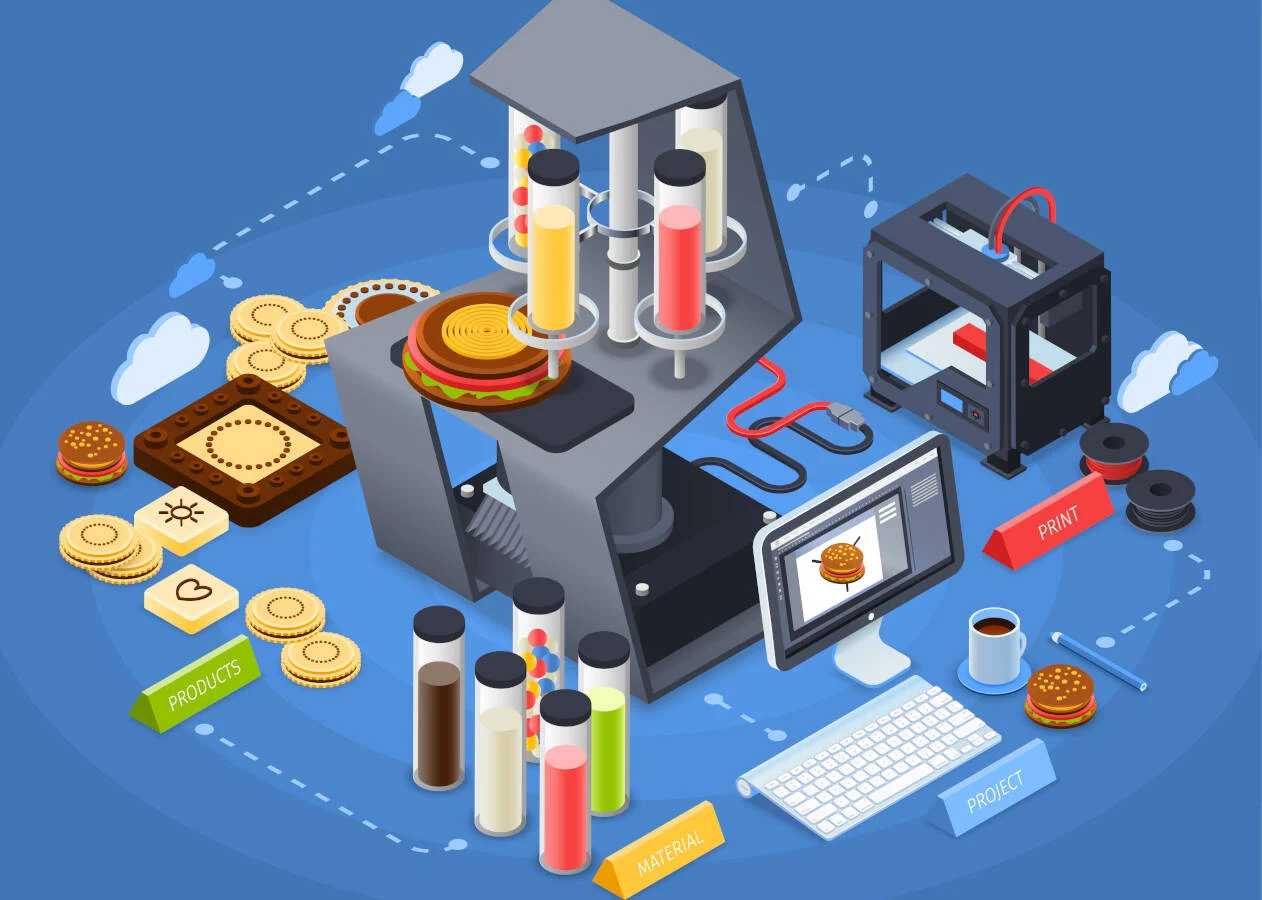
Software-controlled food tech: 3D printed pipe-dream, or fatal stack instability
April 03, 2023Digital cooking using 3D printing has been harnessed by food researchers at New York's Columbia University. The multi-layered foods, including cheesecake, constructed are said to facilitate the processing of customisable foods, improving food safety and user control of nutrients. The researchers believe they have finally found a solution to the heating inefficiencies associated with ovens, microwaves, grills and other traditional cooking methods.
Jonathan Blutinger, a postdoctoral researcher, and his colleagues showed some video cooking samples using the innovation. They tried to print a series of cheesecake designs using graham crackers, peanut butter, Nutella, banana puree, strawberry jam, cherry drizzle and icing. The results left viewers wondering whether the results were comparable to those of a top Parisian pastry chef, or even a second-round loser on a TV baking show.
In particular, the researchers said that laser cooking and 3D food printing could help chefs place flavours more accurately and control textures to give consumers a healthy new eating experience. The cooking process is also cost-effective because it uses targeted light for high-resolution, tailored heating.
A paper published in Nature Partner Journals' Science of Food celebrates the researchers' successful inventions and design principles in 3D printing food. In the paper, they write:
"Digital cooking technologies allow the end consumer to have more control over the macro- and micro-nutrients they consume on a per-meal basis, and due to the rapid growth and potential benefits of advances in 3D technology, a 3D printer may become a staple device for home and industrial cooking".
Being the first of its kind invention, the researchers said: “An industry built around this technology may be on the horizon, creating a new vision of better nutrition, better food accessibility, and palatability for many, increasing food safety and adding art and cutting-edge science to most basic human need – nourishment”.
